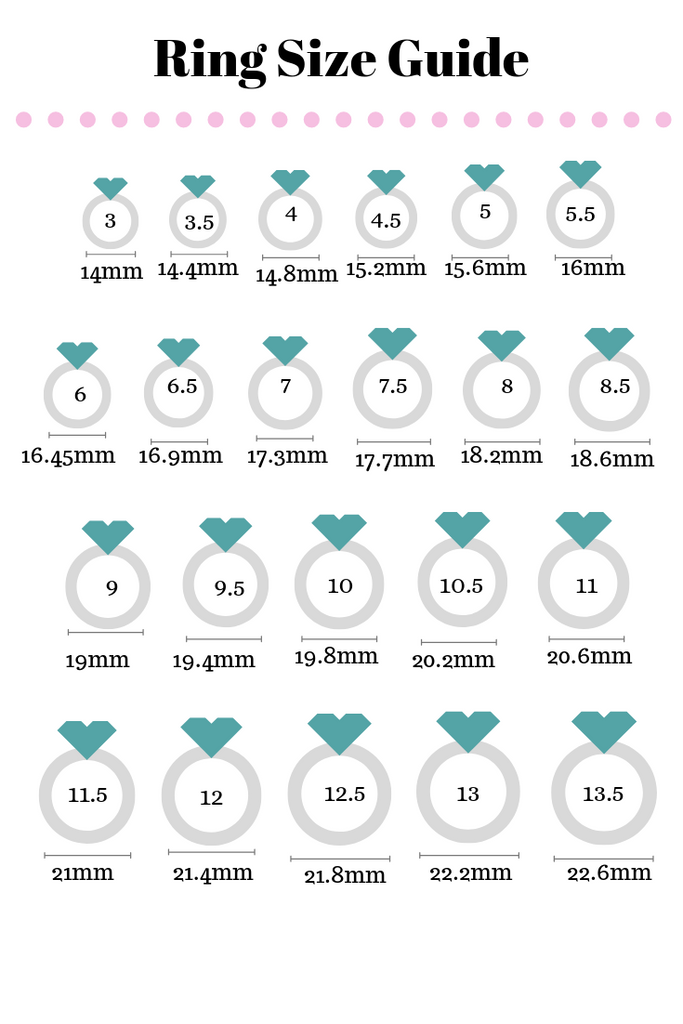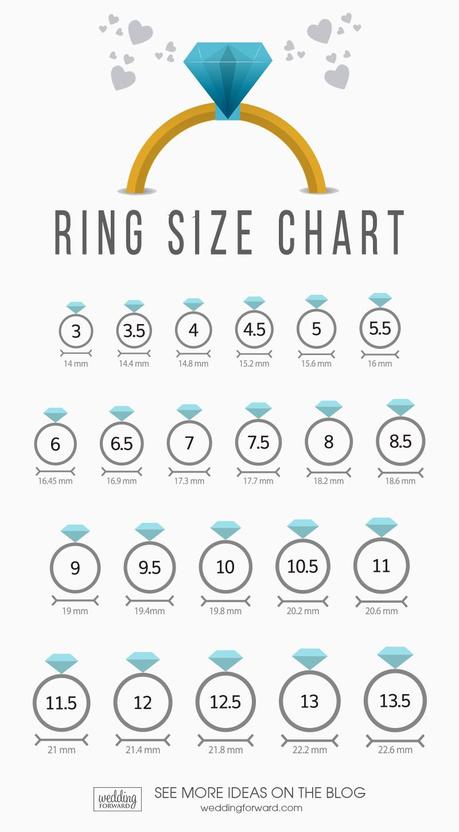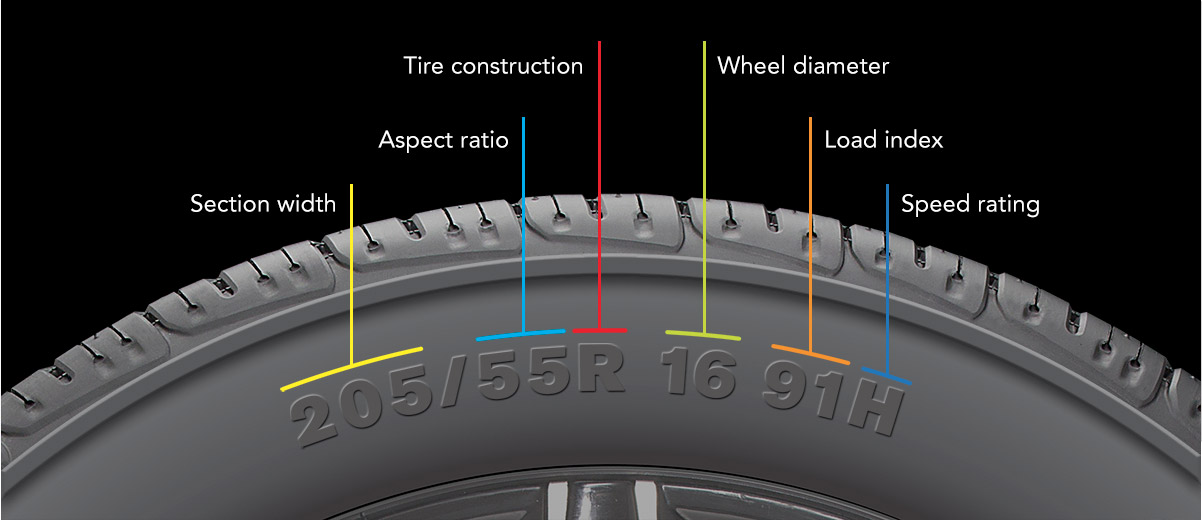How To Calculate Maximum Volume Chemistry There are a number of fluid monitoring management systems currently available on the market. There may be other products available that the authors are unaware. Their aim is to closely monitor the fluid balance during operative hysteroscopy and ensure patient safety. On reviewing the specifications, all the systems incorporate infusion pumps that provide specific irrigation flow rates and maintain intrauterine pressures set by the surgeon. All but the Aquilex™ Fluid Control System base the fluid deficit calculations on input and output fluid weight measurements.
Aquilex™ uses a pump rotation calculation system to measure inflow volume and a weight-based measurement for the outflow. According to the manufacturer, the advantage of this is to eliminate the risk of inaccurate deficit readings caused by sensitivity to movements such as bag changes or accidental bumps. All the systems have monitors that continuously display the calculated fluid deficit with integrated alarms when the set maximum fluid deficit is exceeded. We have not identified the reason why the Aquilex™ Fluid Control System failed in our case. The Hologic representative for Aquilex™ was present to guide us on the use of the system; therefore, we have no reason to believe that it was due to a user-dependant error. Variables related to other processes with medication use can also affect the actual dose delivered to the patient .
Further, nurses who recognize that overfill might be present in a pharmacy-prepared infusion bag or bottle have often misunderstood the "extra" solution as a pharmacy accommodation for the amount of drug lost in the tubing. Thus, the 20 to 25 mL of solution in pump tubing sets, which may account for a significant portion of the total dose, will not be received because the bag would not be completely infused. Variables related to other processes with medication use can also affect the actual dose delivered to the patient. Thus, the 20–25 mL of solution in pump tubing sets, which may account for a significant portion of the total dose, will not be received because the bag would not be completely infused. Automated peritoneal dialysis is increasingly popular compared to continuous ambulatory peritoneal dialysis . It not only can provide more solute clearance and ultrafiltration than its CAPD counterpart, but it is conducive to a more convenient lifestyle as well.
Using relatively smaller-volume daytime dwells, with the use of larger-volume exchanges while the patient is recumbent during the night, is an attractive approach. Advantages of supine exchanges include greater small molecule clearances for equivalent flow rates and decreased intra-abdominal pressure per volume of dialysate . Urea nitrogen clearance can be optimally increased on APD by increasing both the exchange volume and the frequency of exchanges at night. This approach allows daytime exchanges and volumes to be minimized. Historic studies in peritoneal dialysis including flow rate analysis, clearance and adequacy studies, as well as tolerance have primarily involved CAPD. Thereafter, five patients did not increase to 3-liter volumes (RUT-0), four used 3-liter volumes occasionally (RUT-1), and nine chose 3-liter volumes for routine dialysis (RUT-2).
IAP was similar in all groups and dependent on the intraperitoneal volume . The mean IAP increased 2.0, 2.7, and 2.8 cm H2O/liter of IPV in the supine, upright, and sitting positions, respectively. The patients of the RUT-0 group had dramatic deterioration (up to 42%) of FVC and FEV1 in the supine position with IPV above 2 liters. The patients with the greatest deterioration of pulmonary functions could not continue the measurements above 3 liters of IPV.
Two of these patients were switched to 1-liter overnight exchanges. Even in patients who tolerated up to 4 liters, FVC and FEV1 decreased significantly in the supine and sitting positions, with IPV greater than 3 or 4 liters, respectively. In the upright position, the values did not decrease significantly below those with the empty abdomen up to 4.6 liters of IPV. In our studies, 50% of the patients could increase daily dialysate volume from 8 to 9 liters while decreasing daily exchanges from 4 to 3.
The safety and efficacy of romiplostim have been evaluated for up to 3 years of continuous treatment. In clinical trials, treatment with romiplostim resulted in dose-dependent increases in platelet count. Time to reach the maximum effect on platelet count is approximately days, and is independent of the dose. After a single subcutaneous dose of 1 to 10 mcg/kg romiplostim in ITP patients, the peak platelet count was 1.3 to 14.9 times greater than the baseline platelet count over a 2 to 3 weeks period and the response was variable among patients. The platelet counts of ITP patients who received 6 weekly doses of 1 or 3 mcg/kg of romiplostim were within the range of 50 to 450 × 109/L for most patients.
Of the 271 patients who received romiplostim in ITP clinical trials, 55 (20%) were age 65 and over, and 27 (10%) were 75 and over. No overall differences in safety or efficacy have been observed between older and younger patients in the placebo-controlled studies. Thus, the mL of solution in pump tubing sets, which may account for a significant portion of the total dose, will not be received because the bag would not be completely infused. In conclusion, our study demonstrated that significant drug wastage of approximately 6% occurs during sterile preparation of nivolumab according to body weight–based dosing. Furthermore, practice-level mitigation strategies, including vial sharing and using overfill of the product, can decrease wastage of nivolumab and drug costs.
Our observations regarding the long-term stability of leftover nivolumab within the vials should motivate hospitals to implement DVO for cost savings, warranting additional investigation. Consequently, solutions for containing the increasing wastage of leftover nivolumab were urgently required. Although sterile compounding of nivolumab with DVO was considered to be an effective strategy to decrease waste, no information was available on the long-term stability of nivolumab remaining in vials after preparation.
Patients on continuous ambulatory peritoneal dialysis must receive an increased dialysis dose as they lose residual renal function so that total clearances are optimized. The dialysis dose may be increased by increasing the exchange volume. Patients on CAPD are often reluctant to use a greater exchange volume, fearing increased pain and discomfort and an altered body image. To assess patient perception of various fill volumes, we studied 12 stable patients currently treated with 2-L exchanges who had no surgical contraindication to larger fill volumes. After an overnight dwell, patients received a 2-L, 2.5-L, or 3-L exchange of Baxter PD4 for 3 hours in a randomized crossover design. At the beginning and end of the exchange, intraperitoneal hydrostatic pressure in the supine position was measured, and the patient's perception of the exchange was evaluated using the validated McGill Pain Questionnaire .
Initial IPP increased with increasing fill volume (12.5 +/- 3.7 cmH2O vs 16.1 +/- 4.2 cmH2O vs 18.7 +/- 3.6 cmH2O for 2, 2.5 L, and 3L, respectively). For all fill volumes, IPP had fallen by the end of the 3-hour dwell, at which time it was similar to that after an overnight 2-L exchange. The pain rating index by was generally low for all exchange volumes and did not correlate with IPP.
Minor degrees of discomfort were reported by 4, 2, and 1 patients with 3-L, 2.5-L, and 2-L exchanges respectively. Our study suggests that, despite an increased IPP, larger exchange volumes are generally well tolerated by patients, with only a minority of patients feeling mild discomfort. It is generally accepted that peritoneal dialysis affects systemic haemodynamics less than haemodialysis, but little is known about changes in haemodynamics during PD. It is unknown if increasing PD volume causes changes in cardiovascular haemodynamics possibly increasing the demand on the heart even during normal daily activities.
Fifteen stable PD patients were included in this randomized, controlled, open-label crossover study. After drainage, we measured blood pressure, pulse rate and cardiac output after 30 min in the supine position. Subsequently, following fill, the measurements were repeated after 30 min in the supine and 5 min later in the upright position.
CO was measured with a non-invasive device based on foreign gas rebreathing. Stroke volume and total peripheral systemic resistance were calculated. In the supine position, no difference was found between drained and 2 l fill. With 3 l fill both SV and CO decreased and total peripheral systemic resistance increased, while pulse rate and mean arterial blood pressure remained unchanged. In the upright position, SV and CO decreased and total peripheral systemic resistance increased.
Pulse rate and mean arterial blood pressure were unchanged independent of fill volume when compared with the drained situation. During postural change, no significant differences were found between drained and 2 l and 3 l fill. The present study showed that cardiac performance decreased when increasing fill volume from 2 to 3 l in the supine position.
The decreased cardiac performance was already present after 2 l fill in the upright position and did not change negatively by increasing fill. It was also shown that cardiovascular response from the supine to upright position was preserved. With narrow therapeutic range drugs, such as chemotherapy, dose accuracy is paramount. Gravimetric verification ensures the patient is neither over- or under-dosed.
Built-in hard stops during bar code scanning and technician preparation , provide real-time feedback to the technician. For example, the system caught a potential error with a manufacturer-assistance replacement stock vial. The manufacturer replacement program provided docetaxel 20 mg/mL vials, although docetaxel 10 mg/mL is the standard UNCMC concentration.
The new concentration was added into the inventory and placed in the 10 mg/mL storage location, and the technician pulled the higher concentration vial for preparation. Upon bar code scanning, the IV workflow software recognized this as a new product and required the new strength be added to the drug database. While preparing to draw up the dose, the technician noticed that the volume the IV workflow software was requiring was half that of the necessary volume populated on the patient-specific drug label.
The technician consulted with the pharmacist, at which time the potential error was identified. While it is possible that this error could have been caught manually, it would have been difficult to identify. The gravimetric-based IV workflow software prevented dispensing and administration of double the ordered dosage. With the first 3 practitioner-based methods, the total dose of the medication is known, but the concentration cannot be calculated accurately because the volume of overfill of the base solution is not exactly known but can only be estimated. The final container should not be labeled with a specific concentration per mL because of the unknowns.
The pharmacist may or may not add more drug to offset the overfill volume. These bags should only be labeled with the total amount of drug in the container and the total estimated volume. Only with method 4 can the concentration be accurately calculated and added to the pharmacy label.
A group purchasing organization contracted with a new compounding pharmacy to provide cyclophosphamide and gemcitabine solutions to hospitals. These drugs were used as part of regimens to treat various solid tumor malignancies, lymphoma, and leukemia in adults and children. A discrepancy in labeling on a gemcitabine preparation between the previous supplier and the new supplier led a hospital pharmacist to ask the compounding pharmacy for clarification. It then became apparent that there was a misunderstanding about how the compounded solutions were being used by the hospitals.
The new compounding pharmacy thought that each full bag of gemcitabine and cyclophosphamide contained a single dose to be administered to a single patient. However, the hospitals were using each bag as a multidose product, apportioning the medication from a single bag among several patients. Believing each bag was a single dose, the compounding pharmacy did not account for the volume of overfill in the bag when labeling the concentration of the prepared product. Although the full dose in each bag was listed on the label, the actual concentration of the drug in each bag was lower than stated due to overfill in the normal saline bags used to dilute the medication. The best estimate is that the average actual cyclophosphamide concentration was 10% lower than stated on the label, and the average actual gemcitabine concentration was 7% lower than stated on the label. A group purchasing organization had recently contracted with a new compounding pharmacy to provide cyclophosphamide and gemcitabine solutions to hospitals.
These drugs were used as part of regimens to treat various solid tumor malignancies, lymphoma, and leukemia in both adults and children. The new compounding pharmacy thought each full bag of gemcitabine and cyclophosphamide contained a single dose to be administered to a single patient. While the full dose in each bag was listed on the label, the actual concentration of the drug in each bag was lower than stated due to overfill in the normal saline bags used to dilute the medication. Subsequently, at 630, the infusion management platform determines, for each container, an amount of the fluid infused to the corresponding patient and an amount of fluid remaining in the container. Such determination can be made, for example, using a rule set that defines how such calculations can be generated.
Once this determination has been made, at 640, data characterizing the determined amount of infused fluid and the determined amount of remaining fluid for each container is provided (e.g., displayed, stored, loaded, transmitted, etc.). The prescribed medication is added to a manufacturer's base solution container, such as 0.9% sodium chloride, in an intravenous bag without concern for overfill. This is typically used for the admixture of intermittently administered solutions when the entire bag is intended to be infused to a single patient over a short time .
This method may also be used to prepare medications administered via continuous infusion when the slight difference in per mL concentration may not be as important because the effect of the medication is being continuously monitored . The preparation of medications for multiple doses (e.g., bulk preparation) ideally requires full sterile compounding of the product. Bags containing the manufacturer's base solution contain a variable amount of overfill, and specific concentrations of drugs can be prepared only by starting with an empty bag or other container. Keep in mind that an error occurring early in the process (e.g., during medication reconstitution) may have an impact on the dose of medication received by multiple patients.
Therefore, pharmacies that prepare IV medications intended for multiple doses should proactively evaluate their processes and take necessary precautions to mitigate identified risks. This is typically used for the admixture of intermittently administered solutions when the entire bag is intended to be infused to a single patient over a short time (e.g., 30 minutes). In practice, there are several different practitioner- and manufacturer-based preparation methods.
The preparation method used affects the total volume and concentration of the final product. The prescribed medication is added to a manufacturer's base solution container, such as 0.9% sodium chloride, in an IV bag without concern for overfill. In practice, there are several different practitioner-based and manufacturer-based preparation methods.
In addition, we verified the cost savings with the implementation of practice-level WM approaches, including vial sharing. Health care organizations must develop standardized preparation methods that are appropriate for various clinical situations. When doing this, it is important to balance the benefits of process changes against additional risks that such changes may present. In particular, changes that increase the manipulation of products or the complexity of processes can pose new risks that outweigh the benefit of added dosing accuracy.
There is no single, standard method appropriate for all infusions in all hospitals, particularly given the variability in environmental conditions, staff expertise, and technology among hospitals. However, consider the following points when designing processes in your hospital for admixture and sterile compounding. Health care organizations must develop standardized preparation methods appropriate for various clinical situations. Healthcare organizations must develop standardized preparation methods appropriate for various clinical situations. Initial reconstitution of romiplostim with designated volumes of sterile water for injections results in a concentration of 500 mcg/mL in all vial sizes. This study is the first to our knowledge to present an objective, automated and reproducible method to measure the number of drops available per bottle of medication.
Further, we measured countable drops instead of calculating the number of drops based on volume, which was shown to be inaccurate. Several previous studies have evaluated small samples of bottle formulations with similar, variable results. A 1994 study of patients blinded to either use of a 5 mL bottle of timolol maleate versus levobunolol found a 21% greater length of use of timolol . The authors suggest administration at 45 degrees would result in up to $1.93 savings per bottle compared to 90 degrees . Assuming 1 year of bilateral therapy at 2006 costs, the authors determined use of the most efficient instillation method would result in yearly savings of $109–192 . The authors estimated a similarly significant difference in estimated annual cost, ranging from $184 to $1198 per formulation .
























No comments:
Post a Comment
Note: Only a member of this blog may post a comment.